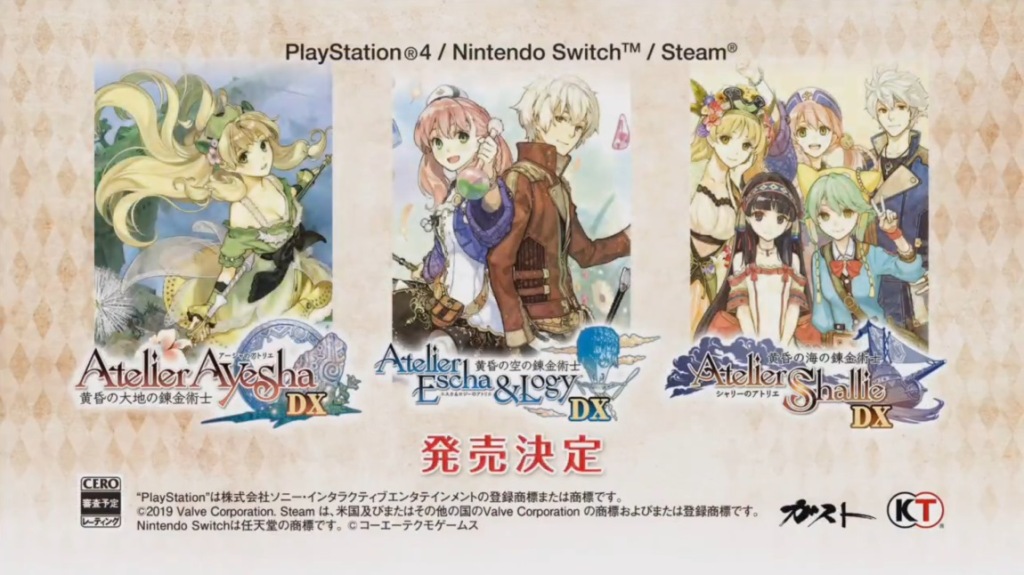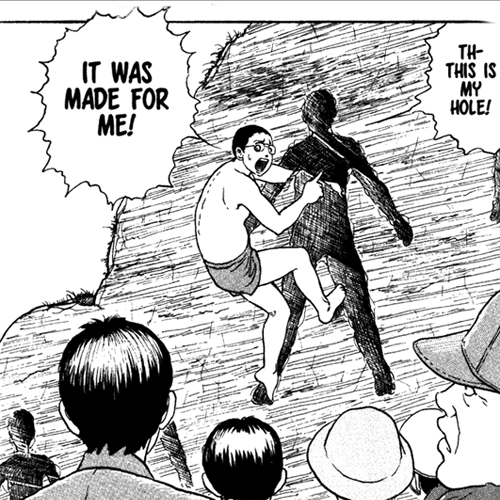To put it right at the front: I didn’t like it. I’m going to put a short version of my review that I’ve placed elsewhere (I believe in recycling!), then go into more detail:
In short, if you’re looking for a generic sci-fi show, this isn’t too bad. Not good either, but not terrible. 4/10, mostly brought down from the apparent need to have absolutely minimalist dialog to get to the next scene (like a second-year writing student heard for the first time “brevity is the soul of wit,” and applied that to almost every single scene). Most of the sjw propaganda isn’t too much on display at this point. The apparent Mary Sue co-protagonist at least has a reason for being a sooper-speshal butt-kicking waif. I’m thinking most of the stuff from the trailer is going to be in the next episode.
As a Trek show, it’s pretty bad. Not STD bad, but still bad. Even the worst episodes of proper Trek gave you time to think about whatever thing was on offer. Even if what they were describing was dumb, they at least gave time to try to give an explanation, not just expecting the audience to hear some thing and just accept it, before instantly moving on. And, continuing the JarJarTrek pattern that’s been going on the last decade, it’s like the people that wrote this only knew about Trek from memes and scanning Memory Alpha articles – and I include Patrick Stewart in this (apparently, he’d never even watched his own show until a couple years ago). There’s a whole memberberry vault too (though, fortunately it’s kept mainly to the one scene). I never got the feeling that Data was Picard’s BFF (I’d say that he was closest to Worf, of anyone besides Crusher), but apparently that’s the case, and it’s the thrust of the plot, even though that was 20+ years before the events of the show.
But, at least it completely invalidates the idiots that thought a comic was canon. That’s nice.
- Data doesn’t look too bad, but still weird. It’s obviously a dream, so that’s fine.
- Weird editing all around. Like, bad enough that even a know-nothing non-kinophile like me can notice.
- Credits are dumb and boring.
- Holy crap, could the scene with the boyfriend be any more [Current Year]? This would literally fit in any CW drama. The only thing that makes it sci-fi at all is the fact that the guy is an ayy lmao. (And I guess he mentions the replicator.) A cringeworthy CW drama to boot. So awkward.
- Ah, and Dadge/Dajh/whatever (it’s Doge now) is now a fellow at Daystrom in TWO fields! So smart and STEM! Slay queen! I like science!
No RussianSpeak English! I guess it makes sense that not everyone on Earth would necessarily have universal translators. And the alien who might have had one is dead, so his probably turned off, if he had one.- Let’s not knock her out, or beam her up, or whatever, now that we know that she’s safe to handle. No, let’s put her in more conscious danger by putting a bag over her head (wouldn’t want her to know the transporter path back to our hidden base/ship)!
- Are the Romulan couple refugees themselves? I think that’s supposed to be the implication. Are they random people that Picard invited to live with him? Are they specifically hired as caretakers (doing job no Earthman would do)?
- “They said they wouldn’t ask about [thing].” They’re definitely going to ask about [thing].
- The interview is the exposition dump. This is literally the only thing that explains what happened between Nemesis and this show. Very awkward and jarring.
- Why did they have that light and camera setup? Even in Enterprise they had cameras and lights that the reporter could just wear on their face.
- “Romulan lives.” “No, LIVES.” Wow, so powerful!
- I’m not going to hate on the 900M people thing. I figure that the Romulans were using their own ships (and maybe the other powers helping out) in the lead-up to all that. I mean, if Picard thought he had time to build 10,000 ships, there was obviously a lot of warning. Enough time to evacuate billions, probably. Just the unlucky plebs that got left behind.
- Why is this a huge (potential) refugee crisis, for the Federation? It’s the Romulan STAR EMPIRE. They have other planets.
- The whole “Synths did it, so we’ll outlaw synths and also turn insular and not help out” was really forced. Not only is it not TNG-era Federation/Starfleet AT ALL, but it just doesn’t make sense. At least with the Augment thing there’s reason, however dubious. This is just for setting up a fake moral dilemma to set up the plot the creators wanted (particularly Stewart).
- At least they got one thing right: Picard wouldn’t shoo away some crazy girl that shows up at his house uninvited, at least not without listening to her story. Even considering her story, he’s seen much weirder stuff.
- PLEASE PAY ATTENTION TO THE NECKLACE. I mean, talking about it would be a good way to calm someone down in a crisis (and Picard is good at that), but it’s so bloody obvious that this pretty boring and normal necklace is going to come up later for some reason.
- OK, the first dream sequence was fine. But now Picard is having prophetic dreams.
- I like how it’s morning in France, and late-night in Boston. At least someone writing this had a brain.
- For some reason Picard uses the Starfleet Archives as his safety deposit vault. And for some reason he keeps his ship models and sword there. It’s obviously supposed to be some kind of display area, but for some other reason only Picard is allowed in it. And why does the computer take more than an instant to search out his very simple queries?
- It says Quantum, so you know it’s advanced! I like science!
- So she’s a synth, and she’s tied to Data somehow (and now has superpowers), so naturally that must mean she’s Data’s daughter. Which he always wanted.
- Why not just carry the old man, since you have super powers?
- Why are you running to the roof, where it would be very hard to escape from?
- How does she know “they” are coming? It seems like she can hear them, but then they beam in, which means they were on a ship.
- So is she a proper robutt, just human on the outside (like the Borg were doing to Data in First Contact)? Because then her superpowers would make sense. But the Daystrom lady and Picard make it seem like she is basically in effect an augment; while they are strong and smart and whatever, they weren’t Avengers.
- A 91-year-old man (who could barely get up the stairs, so he isn’t some future-science fit dude) was thrown 40 feet by an explosion, and all he got was a bump on the head. Lucky!
- The entire Daystrom scene was bad. Dialog and pacing were terrible, the worst example of what I was talking about up at top.
- Why do they come in pairs? This isn’t a mystery box thing. Real Trek would have at least given a cursory explanation (and Voyager a long-winded, terrible, technobabble explanation) for all of this mess.
- Good thing she has a twin, so we don’t lose our Mary Sue protagonist.
- Oh look, ROMANCE!
- Also, Borg Cube. If I hadn’t played STO for years, this would have been a negative; but Romulans playing with Borg stuff is a plot point in the game, so I’m used to it.
Not a promising start. It could get worse or better from here, but signs point to worse.














